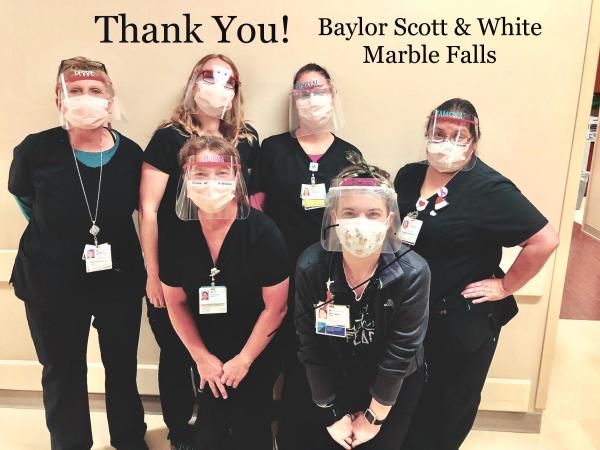Dripping Life May 14

Like many of you, we haven’t wandered far from la casa much these past few months. We’ve also added an accessory to our wardrobes -- it’s called a mask. Yet, its necessity is a bit confusing, depending on where you get your information.
At first, our political leaders decreed we all needed to wear masks. Some said it was for our own protection against germs found in the environment. Then we were told wearing a mask was mandatory because wearing it would protect others from our germs…and finally, we were told wearing a mask was optional.
So, which is it?
Our vice-president attended a televised public event at, of all places, Mayo Clinic, but when he appeared on video in a room surrounded by physicians and scientists, all wearing masks…except the vice-president, who said he didn’t get the memo about masking.
A similar public photo op occurred when President Trump toured a mask-making plant, and once again, he was surrounded by scientists and manufacturing managers wearing safety goggles and masks.
President Trump had on the goggles, but no sign of a mask. However, we later learned the President had concerns about not looking presidential in a mask.
Ever hear of a physician named Dr. Michael DeBakey?
Dr. DeBakey, after a certain point in his career, spent most of his time in the operating room, sometimes surgical suites in a foreign country, like the time he scrubbed in to lead the Russian surgical team to perform a successful quintuple bypass on Boris N. Yeltsin.
When DeBakey died at age 99 in 2008, the family requested he be buried in his surgical scrubs, which he had worn most of the time in his career, which makes me wonder if, aside from scrubs, cap and booties, he also was buried wearing a surgical mask.
According to the book by John L. Spooner titled "History of Surgical Face Masks: The myths, the masks, and the men and women behind them," face masks first appeared at the end of the 19th century and were used by doctors during surgery to prevent bacteria from entering wounds.
Digging deeper, I found Johann von Mikulica Radecki described a surgical mask composed of one layer of gauze. That same year, German bacteriologist and hygienist Carl Georg Fluegge demonstrated that ordinary conversation could emit bacteria-laden droplets from the nose and mouth, substantiating the need for an effective face mask.
At the same time, scientists realized the danger of human exhalation as the cause of surgical wound sepsis.
In the ensuing years, masks were made thicker with more layers of gauze and an even finer gauge gauze to make masks more effective.
In 1910, China adopted face masks to stop the spread of pneumonic plague.
By 1915, Dr. C.A. Meltzer advised masks of fine mesh gauze be used to cover the faces of polio patients and the faces of medical personnel attending them.
Since then, surgical masks have been popularly worn by the general public all year round in East Asian countries like China, Japan, South Korea and Taiwan to reduce the chance of spreading airborne diseases to others, and to prevent the breathing in of airborne dust particles created by air pollution.
When I worked with a neurosurgeon in the 1960s, the number of infections in surgical patients suddenly shot up, causing the hospital’s infection control team to begin a search for the culprit-cause. All of us were subjected to tests, including the doctor’s beard.
While the doc’s healthy, well-trimmed, grey-and-white beard was found to be disease-free, he began wearing a mask-like covering over his beard, on his own volition, just in case, which added yet another step to his pre-surgical routine.
My own inclination-- based on my summers spent in hospitals and doctors’ offices and my three years working with a world-class (native Texan) neurosurgeon at the hospital -- is to wear a clean mask…kind of like the old credit card commercial that reminded us, “Don’t leave home without it.”
Be well, and please keep washing your hands.



